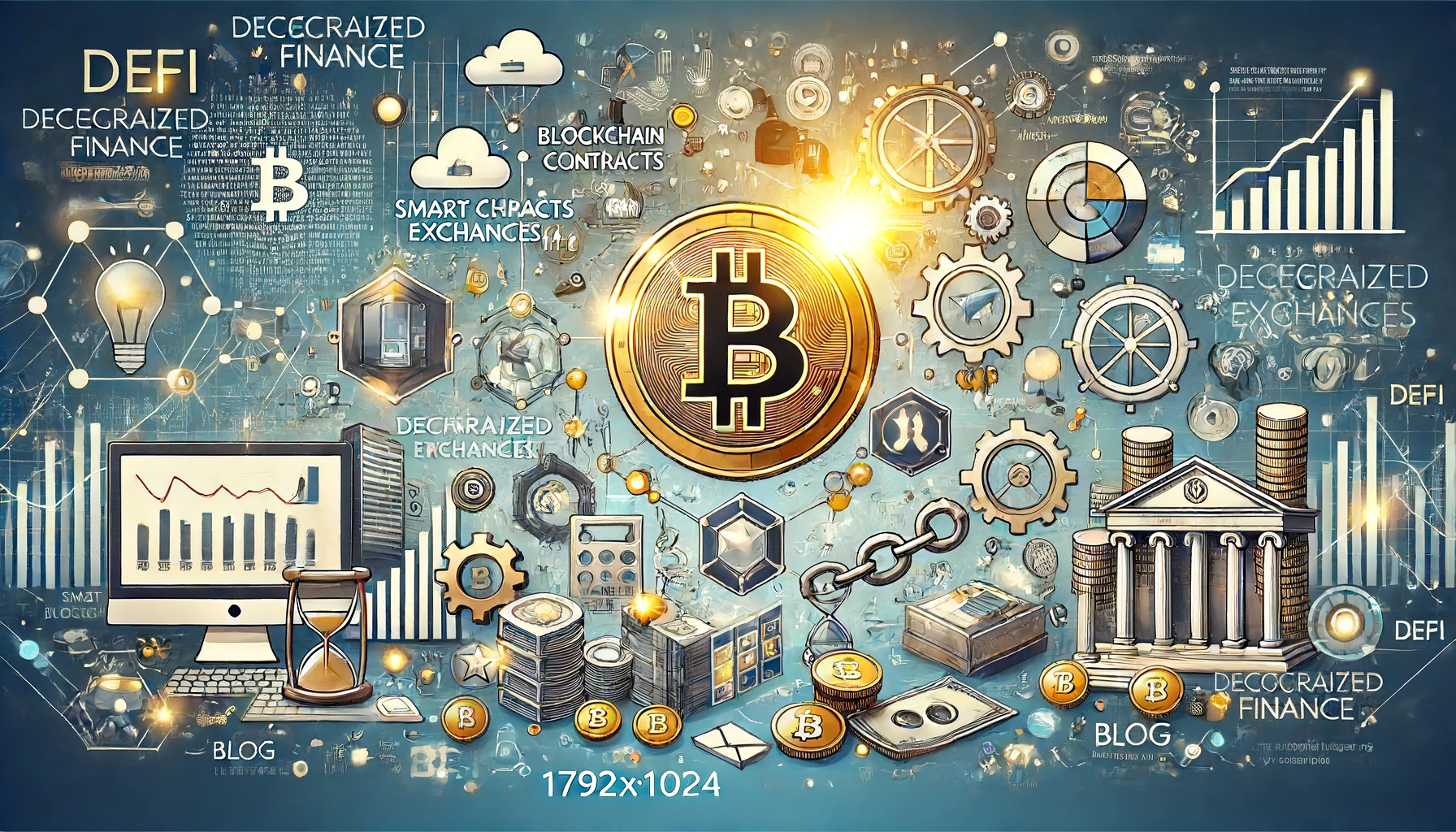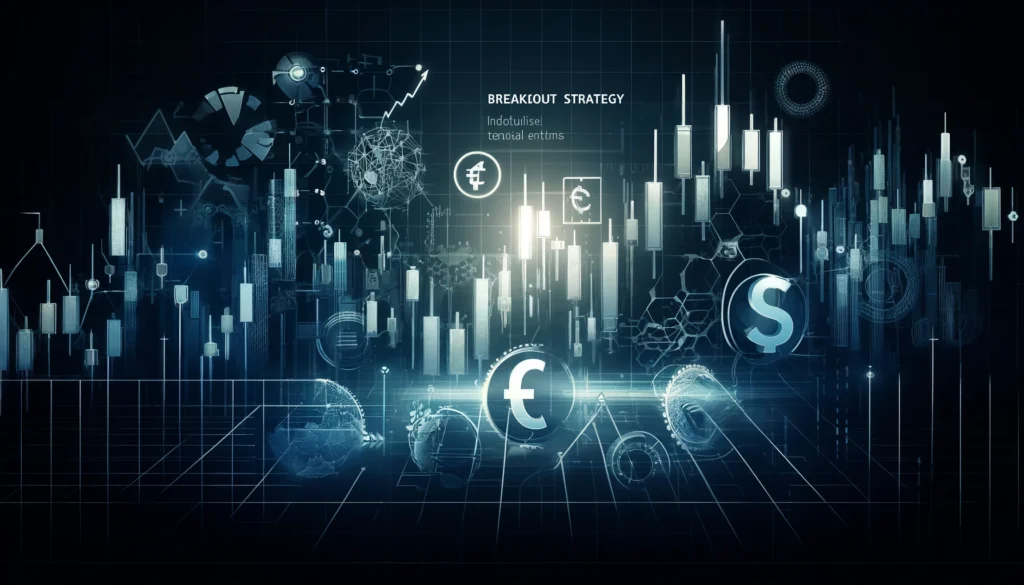Decentralized Finance, commonly known as DeFi, represents a broad category of financial applications built on blockchain technology, aiming to disrupt and revolutionize traditional financial systems. It leverages decentralized networks and smart contracts to provide financial services without the need for intermediaries.
What is Decentralized Finance (DeFi)?
DeFi refers to a decentralized ecosystem of financial services that operate on public blockchains, primarily Ethereum. It includes a variety of applications such as lending and borrowing platforms, decentralized exchanges (DEXs), stablecoins, and yield farming.
Key Components of DeFi
- Smart Contracts
- Self-executing contracts with the terms directly written into code.
- Enable automated and trustless transactions.
- Decentralized Exchanges (DEXs)
- Lending and Borrowing
- Platforms like Aave and Compound offer decentralized lending and borrowing services.
- Users can earn interest by lending their assets or borrow by collateralizing their crypto holdings.
- Stablecoins
- Cryptocurrencies pegged to a stable asset, such as the US Dollar (e.g., USDC, DAI).
- Provide stability in a volatile market.
- Yield Farming and Staking
- Yield farming involves earning rewards by providing liquidity to DeFi protocols.
- Staking allows users to earn rewards by locking up their assets in a network.
Benefits of DeFi
- Accessibility
- Open to anyone with an internet connection.
- Removes barriers to entry found in traditional finance.
- Transparency
- Transactions are recorded on a public ledger, providing full transparency.
- Users have full control over their assets.
- Interoperability
- DeFi applications can interact with each other, creating a cohesive financial ecosystem.
- Enables composability, where users can combine different DeFi services for enhanced functionality.
Risks and Challenges
- Security Vulnerabilities
- Smart contract bugs can lead to significant financial losses.
- Continuous audits and security measures are essential.
- Regulatory Uncertainty
- Lack of clear regulations poses risks for users and developers.
- Potential for future regulatory crackdowns.
- Market Volatility
- DeFi assets can be highly volatile.
- Stablecoins and proper risk management strategies are crucial.
Future of DeFi
The future of DeFi looks promising, with ongoing innovations and growing adoption. Key areas of development include scalability solutions, improved user experience, and enhanced security measures. As the ecosystem matures, DeFi has the potential to redefine the global financial landscape.
Conclusion
Decentralized Finance (DeFi) offers a transformative approach to traditional financial systems by leveraging blockchain technology. Despite the challenges, its benefits in terms of accessibility, transparency, and innovation make it a compelling space for users and developers alike. By understanding the components, benefits, and risks of DeFi, users can make informed decisions and participate in this evolving financial revolution.


